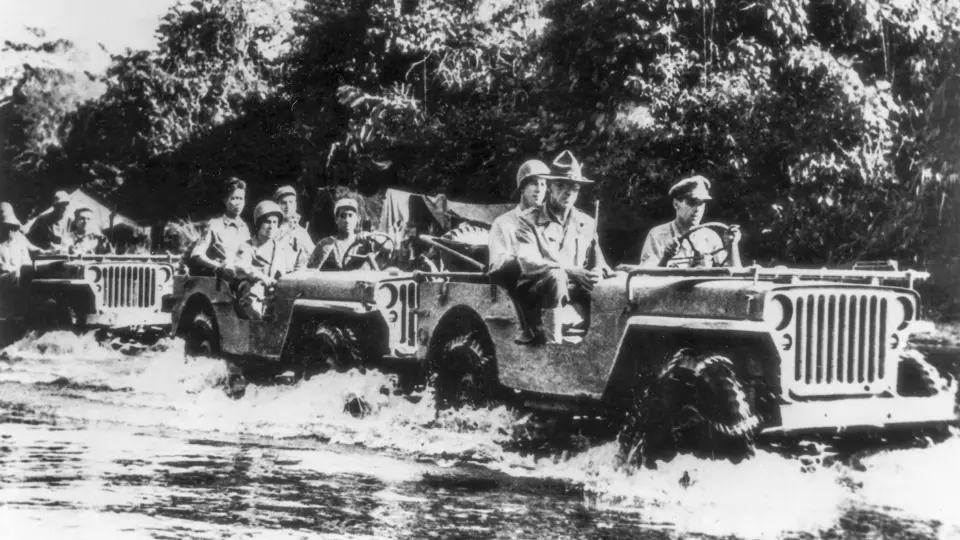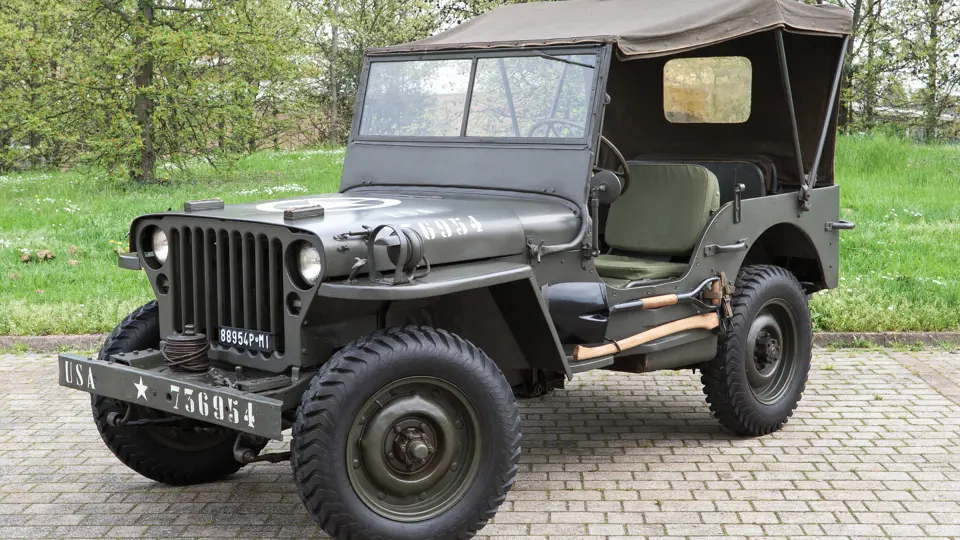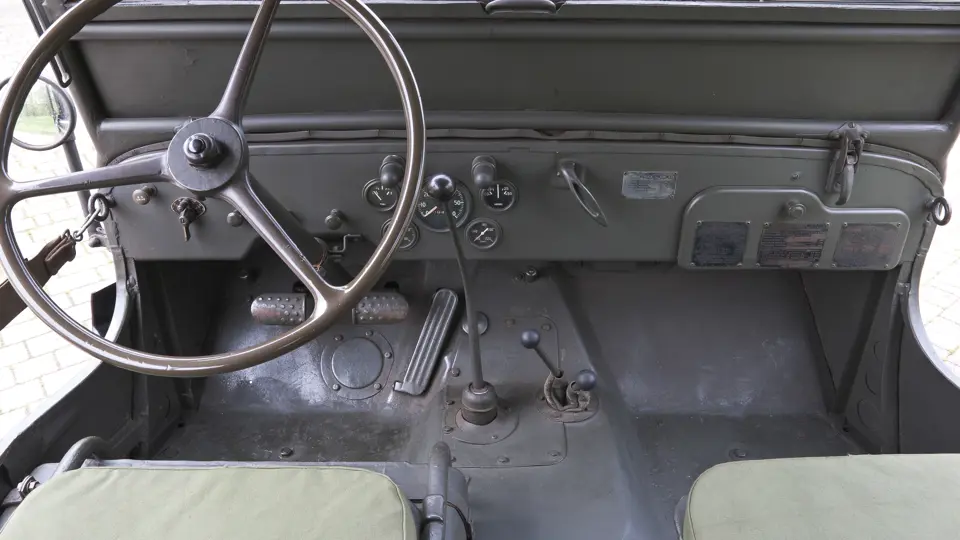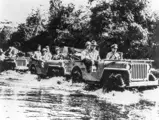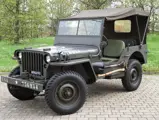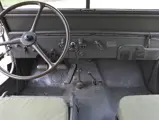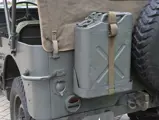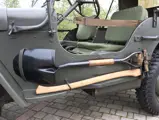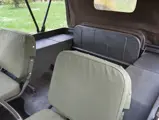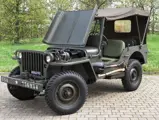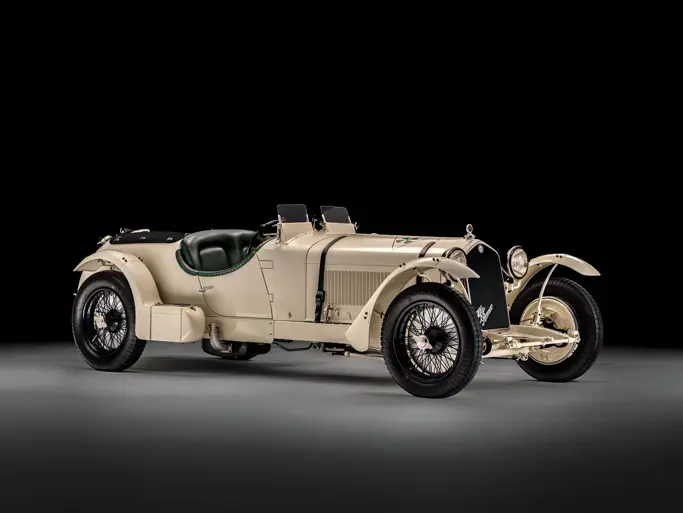60 bhp, 134 cu. in. L-head inline four-cylinder engine, three-speed manual transmission with reverse and two-speed transfer case, four-wheel-drive, live front and solid rear axles with longitudinal leaf spring suspension, and four-wheel drum brakes. Wheelbase: 2,030 mm
In 1940, Ford, Willys-Overland, and the tiny Bantam Company, of Pennsylvania, all submitted designs for a light, sturdy four-wheel drive reconnaissance vehicle. Surprisingly, the Bantam version was best received; however, the United States Army Quartermasters could see that Bantam did not have the financial strength or manufacturing capacity to produce the quantities demanded by the military. An initial order for 1,500 from each manufacturer quickly followed and, after further evaluation, the Willys product was selected. The Army, however, proposed awarding the contract to Ford based upon its much larger production capacity.
The Army felt the Jeep showed capabilities and adaptability much greater than its original concept as a reconnaissance car and would be needed in far greater quantities than the few thousand originally contemplated. It was only due to the intervention of former GM Manufacturing Chief Lieutenant General William S. Knudsen in his role as head of war production that the Willys version was chosen and the first production contract granted. Still, Ford received a massive 277,896-unit piece of the Jeep pie. It must have been galling to the giant Dearborn-based automaker to have to build its own version of the Willys MA, including the bulletproof and easily serviced Willys “Go-Devil” L-head four. The resulting Ford-built Jeeps were designated GPW for “General Purpose Willys”.
The Ford GPW offered here was built in Dearborn, Michigan and is recorded on its original data plate as having been delivered on 16 July 1942. Part of the Quattroruote Collection since 1983, it bears United States military numbering and insignia throughout, as well as a rear-mounted spare, jerry can, tools, front-mounted winch, and other period accessories, presenting very nicely cosmetically and mechanically. It would be an interesting addition to any military vehicle collection—or a lot of fun in which to get around the beach this summer.
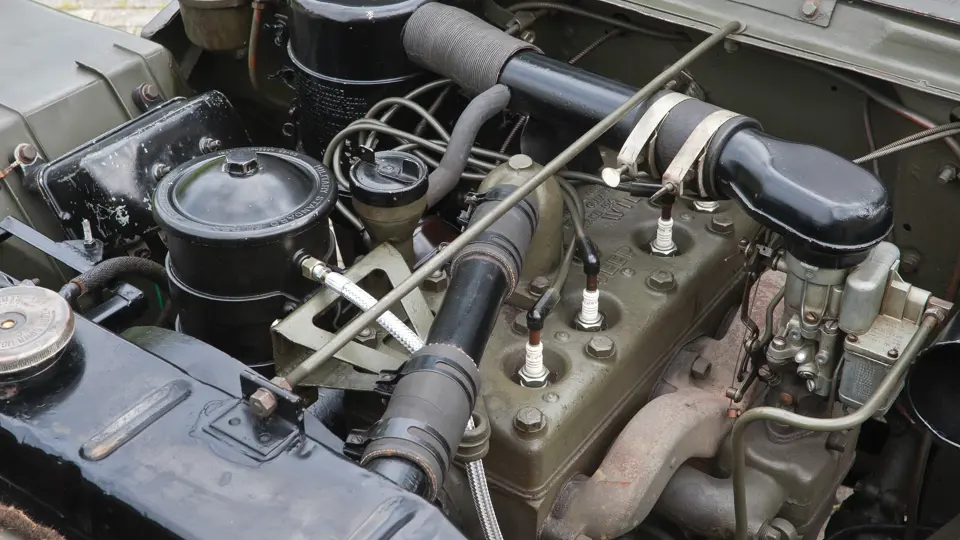



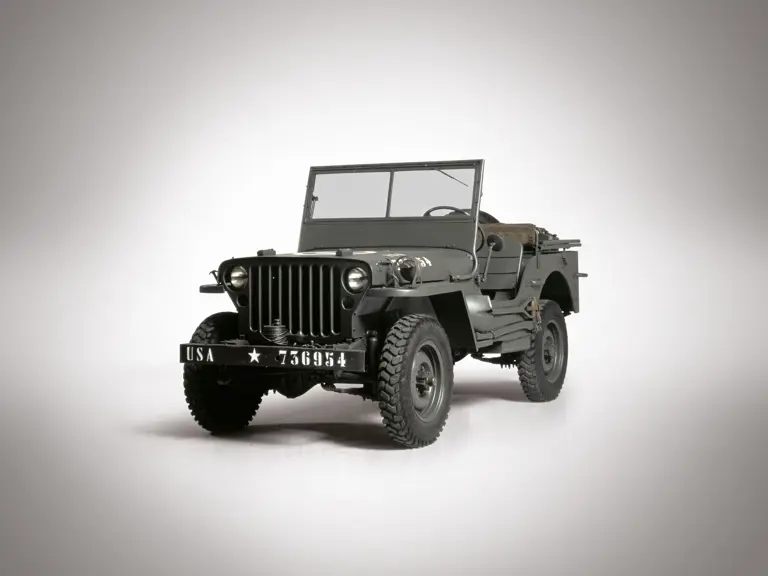
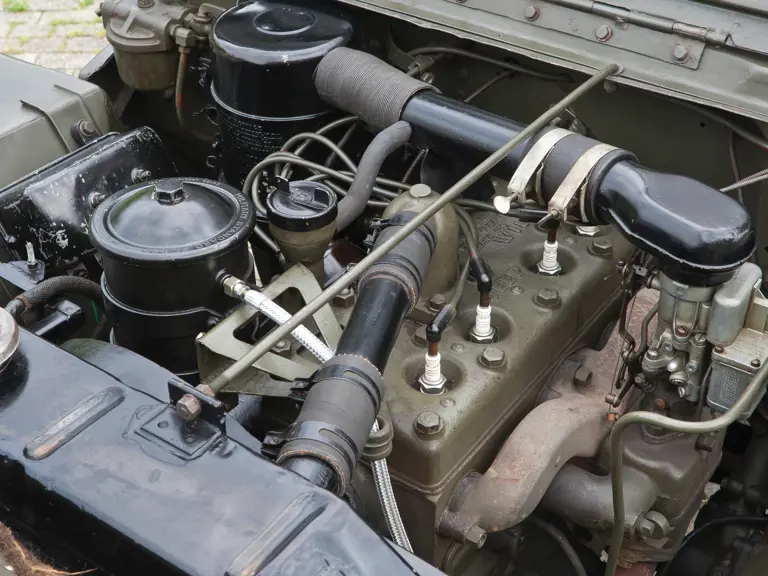
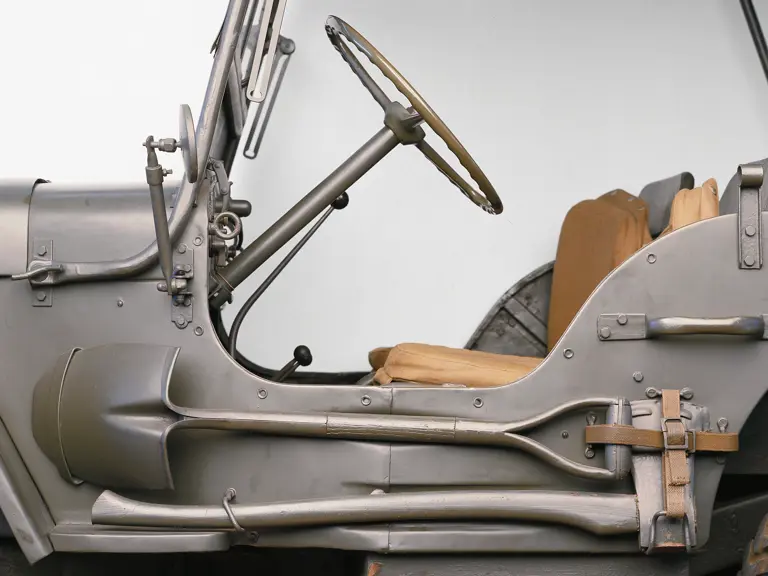
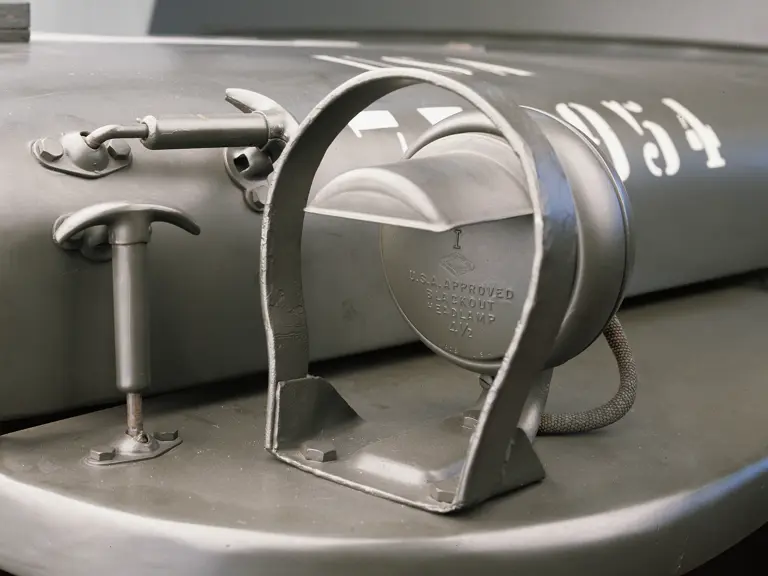
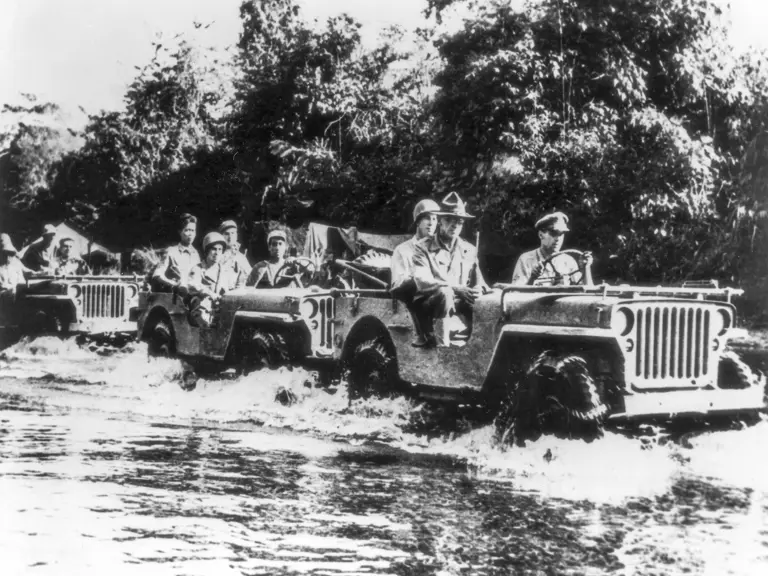

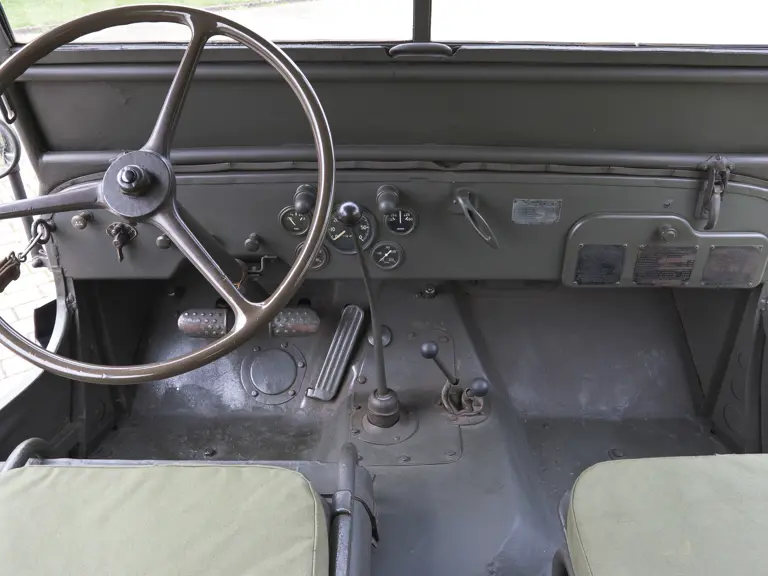
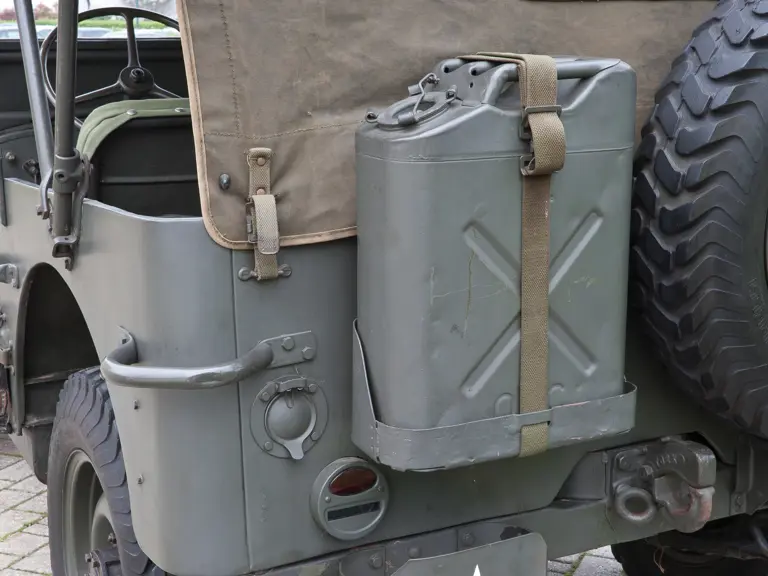
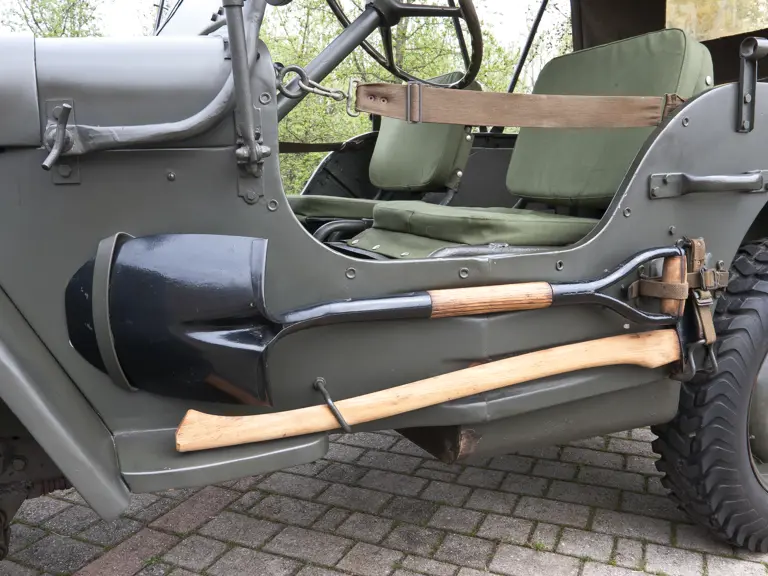
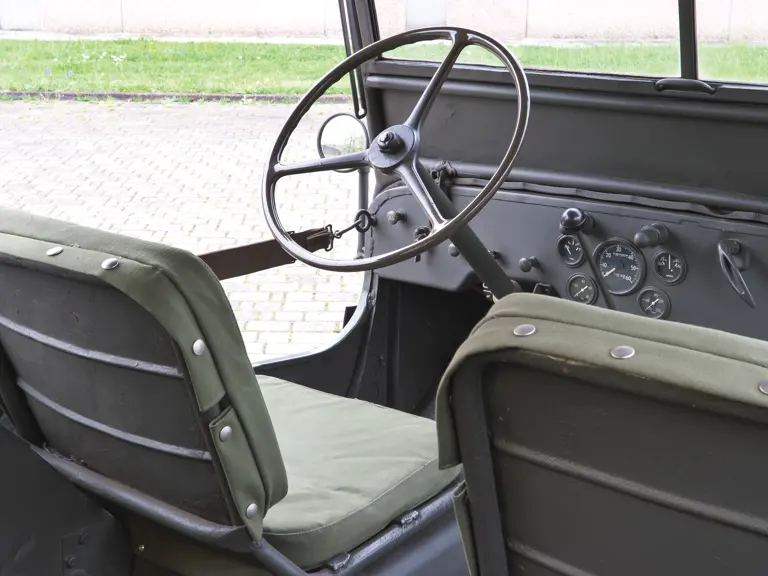
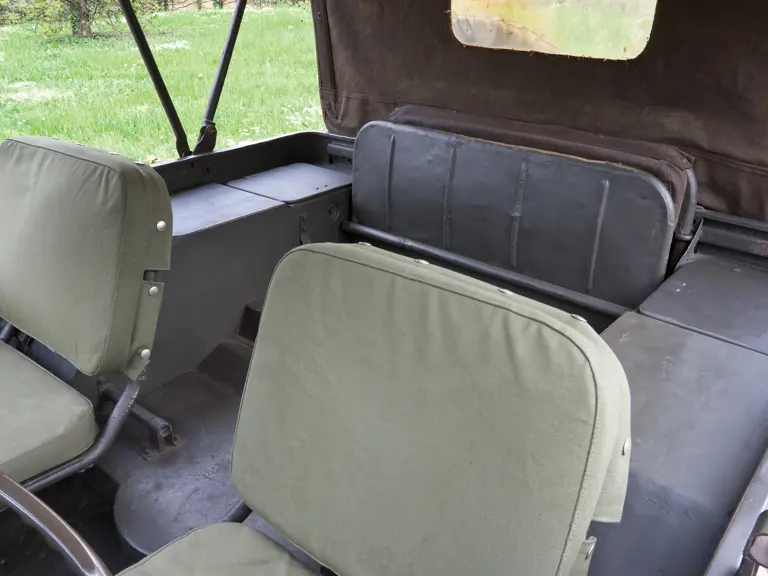
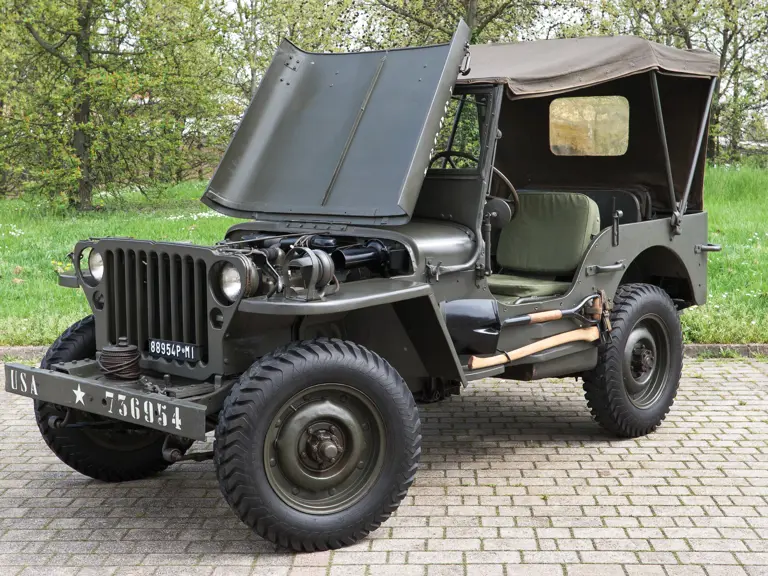
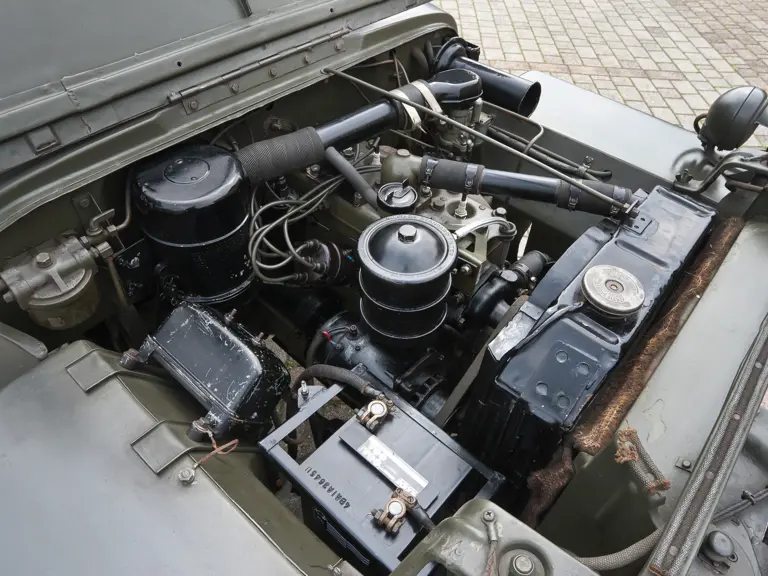
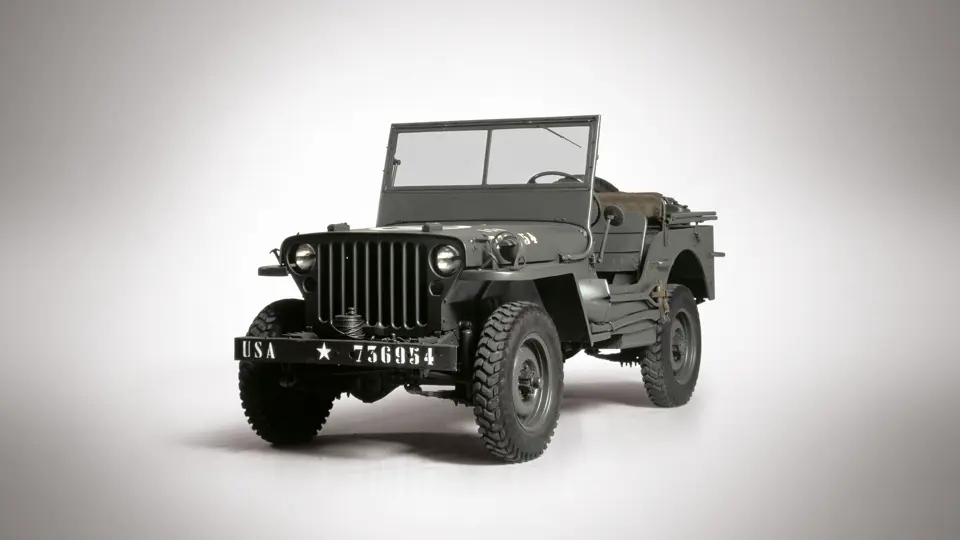
 | Monte Carlo, Monaco
| Monte Carlo, Monaco
